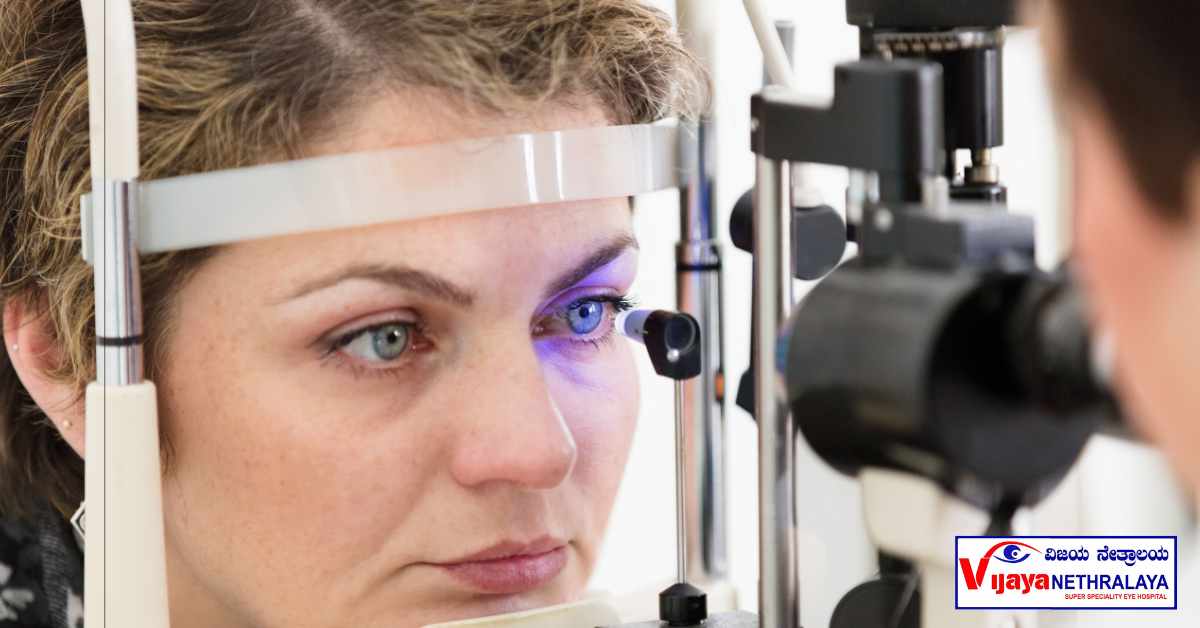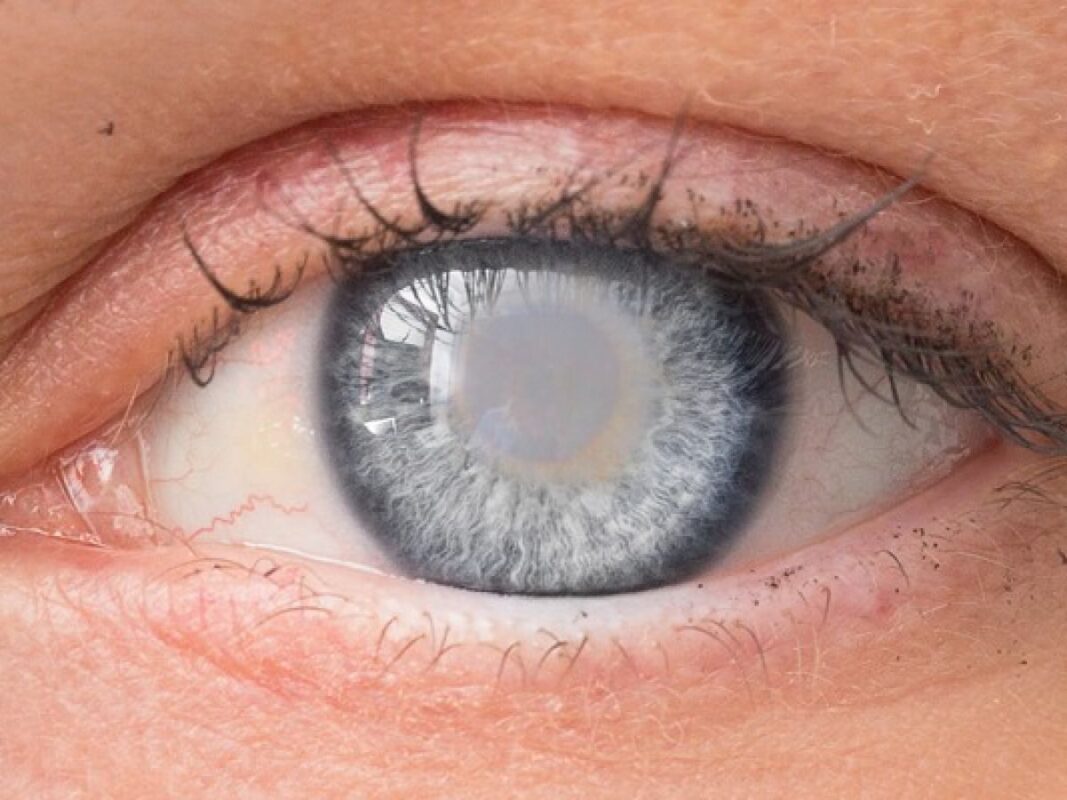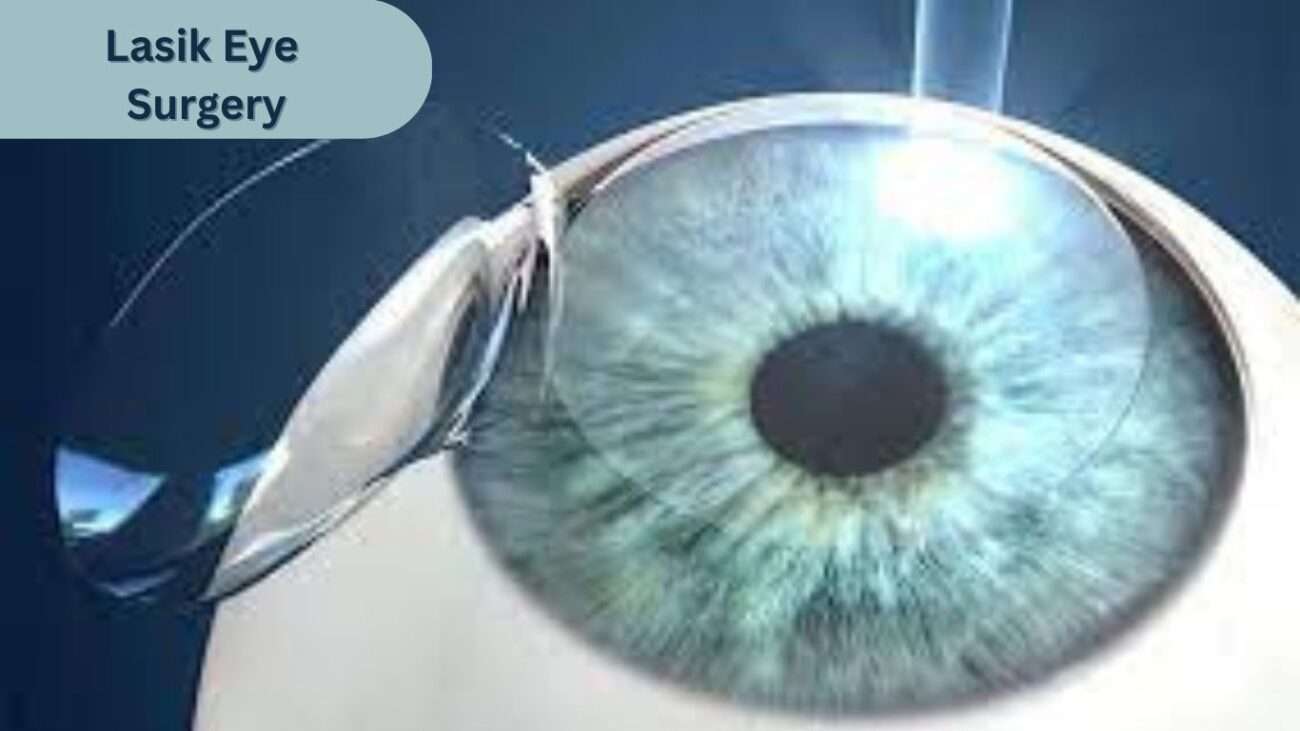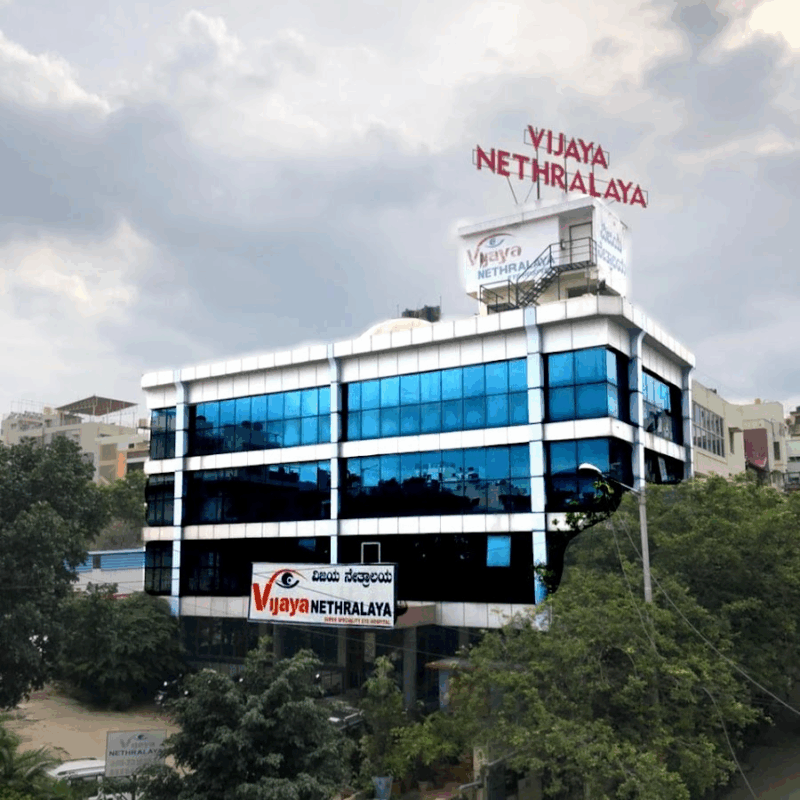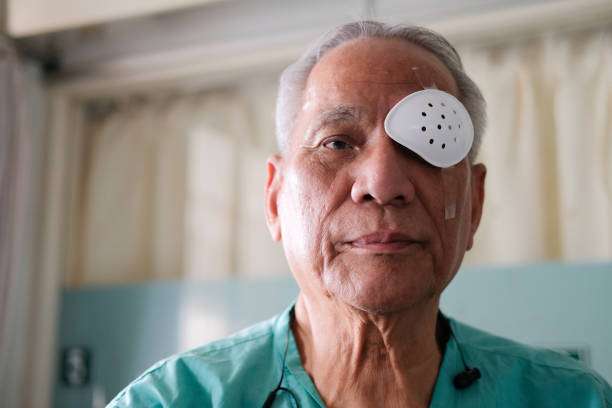Laser Cataract surgery , a clouding of the eye’s natural lens, affect millions of people worldwide. Cataracts laser surgery can develop slowly over time, leading to decreased vision, difficulty reading or driving, and decreased quality of life. However, with modern advancements in laser surgery, cataract laser patients can undergo a simple, safe, and effective procedure to restore their vision.
What are Cataracts?
Cataracts are a common eye condition that occurs when the eye’s natural lens becomes cloudy or opaque. This clouding of the lens can cause blurriness, difficulty seeing at night, and sensitivity to light. As cataracts progress, they can cause vision loss and eventually blindness if left untreated.
Cataracts develop due to various factors, including aging, genetics, smoking, diabetes, and prolonged exposure to sunlight. Certain medications, such as steroids, can also cause cataracts. According to the World Health Organization (WHO), cataracts are the leading cause of blindness worldwide, accounting for approximately 51% of all cases of blindness. The prevalence of cataracts increases with age, with an estimated 20 million people aged 40 and over affected by the condition in the United States alone.
Traditional Cataract Surgery ;
Cataract surgery is a common surgical procedure that aims to remove a cloudy lens and replace it with a clear artificial lens. Surgeons have practiced traditional cataract surgery for many years, and it remains an effective and safe procedure. In this article, we will discuss the traditional cataract surgery procedure in detail.
Preoperative Evaluation
Before the surgery, the patient undergoes a thorough preoperative evaluation, which includes a medical history, physical examination, and various diagnostic tests. The diagnostic tests may include a visual acuity test, a slit-lamp examination, and an intraocular pressure measurement.
Surgeons typically perform the cataract surgery procedure under local anesthesia. They may administer the anesthesia as eye drops or injections around the eye. In some cases, especially for patients who cannot cooperate or have high anxiety, they may use general anesthesia.
Incision
The surgeon makes a small incision in the eye to access the cataract.Surgeons may make the incision with a surgical blade or a laser. The surgeon’s preference and the type of intraocular lens to be implanted can affect the size of the incision.
The surgeon creates a circular opening in the front of the capsule that holds the cataract. This opening is called a capsulotomy. The capsulotomy allows the surgeon to remove the cataract.
- Phacoemulsification
The cataract is broken up using ultrasound waves and suctioned out of the eye. This process is called phacoemulsification. The surgeon uses a small probe that vibrates high frequency to break up the cataract.
- Intraocular Lens Implantation
After the surgeon removes the cataract, they implant an intraocular lens (IOL) in the eye. The IOL, a clear plastic lens, replaces the cloudy natural lens. The surgeon inserts the IOL through the same incision used to remove the cataract.
- Closing the Incision
The surgeon closes the incision using a variety of techniques, such as sutures or self-sealing incisions. The incision may be covered with a bandage or shield to protect the eye.
8. Postoperative Care:
After the surgery, medical staff monitor the patient for a short period in the recovery area. The doctor prescribes eye drops to prevent infection and reduce inflammation. The patient may need to avoid strenuous activity and heavy lifting for a few days.
Laser cataract surgery

A cataract is a condition that affects many people worldwide, especially those above the age of 60. It is a condition that occurs when the natural lens of the eye becomes cloudy and obstructs the passage of light. Cataract surgery is a common treatment for this condition, and there are several types of cataract surgery available, including laser cataract surgery. In this article, we will discuss the laser cataract surgery procedure in detail.
What is Laser Cataract Surgery?
Laser cataract surgery is a modern surgical procedure that uses a laser to remove the cataract from the eye. The laser used in this procedure is a femtosecond laser that emits extremely short pulses of energy. The laser creates a precise incision in the cornea, the clear front part of the eye, and breaks up the cataract into small pieces, making it easier to remove.
Preparing for Laser Cataract Surgery
Before undergoing laser cataract surgery, the patient will need to undergo a comprehensive eye exam. This exam will help the ophthalmologist to determine the severity of the cataract and whether laser cataract surgery is a suitable treatment option. The patient will also need to provide a complete medical history to ensure that there are no underlying conditions that could complicate the surgery.
1. Anesthesia:
Laser cataract surgery is performed under local anesthesia, which means that the patient will be awake but will not feel any pain. The ophthalmologist will use eye drops to numb the eye and may also administer a mild sedative to help the patient relax.
2. Procedure:
Surgeons typically perform the laser cataract surgery procedure in an outpatient setting, and it takes 15-30 minutes to complete. The steps involved in the procedure are as follows:
Step 1: Creating the Incision
The femtosecond laser is used to create a precise incision in the cornea.
The incision is typically less than 2mm in length and is self-sealing, which means that it does not require stitches.
Step 2: Capsulotomy
The laser is then used to create a circular opening in the front part of the natural lens,
which is called the capsulotomy. This opening allows the surgeon to access the cataract and remove it.
Step 3: Fragmentation
The laser breaks up the cataract into small pieces, which the surgeon then removes from the eye. This step, called fragmentation, helps make the removal of the cataract easier and less invasive.
Step 4: Implantation of the Intraocular Lens (IOL)
After the cataract has been removed, an artificial lens, known as an intraocular lens (IOL),
is implanted into the eye. The IOL is placed in the same position as the natural lens and helps to restore clear vision.
Step 5: Closing the Incision
The self-sealing incision in the cornea will heal on its own, and no stitches are required.
6. Recovery
After the laser cataract surgery procedure, the patient will be taken to a recovery area where they will be monitored for a short period. Most patients can go home on the same day as the surgery. The patient must use eye drops and avoid rubbing their eyes for several weeks after the surgery. The ophthalmologist will also provide instructions on how to care for the eye during the recovery period.
Preparing for Laser Cataract Surgery :
Preoperative evaluation is an important part of the laser cataract surgery process.
It involves a comprehensive eye examination and medical history review to ensure that the patient is a suitable candidate for the procedure. Here are some of the key components of preoperative evaluation for laser cataract surgery:
Comprehensive Eye Exam:
The comprehensive eye exam includes a thorough assessment of the patient’s visual acuity, refractive error, and eye health. The ophthalmologist will use a variety of diagnostic tools to evaluate the patient’s eye, including:
Visual acuity tests measure the patient’s ability to see at various distances Refraction tests to determine the patient’s eyeglass prescriptionSlit-lamp exam to examine the front and back of the eye intraocular pressure measurement to check for glaucoma Retinal exam to evaluate the health of the retina and optic nerve Medical History Review The ophthalmologist will review the patient’s medical history to identify any conditions that could affect the safety or efficacy of the surgery.
These conditions may include:
- Diabetes
- High blood pressure
- Autoimmune disorders
- Medications that increase the risk of bleeding or interfere with anesthesia
- The ophthalmologist may also ask about any previous eye surgeries eye injuries.
In some cases, the ophthalmologist may recommend additional imaging tests to evaluate the eye’s structures and anatomy.
These tests may include:
Optical coherence tomography (OCT) to obtain detailed images of the retina and optic nerve
Corneal topography to measure the curvature of the cornea Biometry to measure the length of the eye and determine the appropriate intraocular lens power
Discussion of Risks and Benefits
The ophthalmologist will discuss the risks and benefits of laser cataract surgery with the patient and answer any questions they may have. Some of the potential risks of the procedure include:
- Infection
- Swelling or inflammation
- Bleeding
- Increased intraocular pressure
- Loss of vision
- However, the benefits of the procedure may outweigh the risks for many patients, including improved vision, reduced dependence on glasses or contact lenses, and an overall improvement in quality of life.
The Laser Cataract Surgery Procedure:
Laser cataract surgery is a type of cataract surgery that uses a laser to make incisions and break up the cloudy lens in the eye. Here’s what you can expect during the procedure:
- Preparation: Before the surgery, the doctor will numb your eye with eye drops, and they may give you a sedative to help you relax. The surgeon will then use a special device to hold your eye open during the procedure.
- Laser treatment: The surgeon will use a laser to make a small incision in the cornea, the clear covering of the eye. The laser will then be used to soften and break up the cloudy lens.
- Removal of the lens: The surgeon will use a small probe to remove the cloudy lens. The surgeon breaks up the lens into small pieces and gently suctions them out of the eye.
- Replacement of the lens: Once the surgeon removes the cloudy lens, they replace it with a clear, artificial lens. The surgeon inserts this lens through the same small incision made earlier.
- Closing the incision: The incision made in the cornea is typically so small that it doesn’t require stitches. The surgeon will simply allow the incision to heal on its own.
- Recovery: After the procedure, you will be taken to a recovery area where you will be monitored briefly. You will likely need someone to drive you home, and you may need to wear an eye patch for a day or two.
Laser Cataract Surgery vs. Traditional Cataract Surgery
Cataract surgery is a common procedure that involves removing the cloudy lens of the eye and replacing it with an artificial lens. Surgeons use two main techniques for cataract surgery: traditional cataract surgery and laser cataract surgery. Here are some key differences between the two:
- Incision type: In traditional cataract surgery, the surgeon uses a small blade to make an incision in the eye. In laser cataract surgery, a laser is used to make a precise incision.
- Lens fragmentation: In traditional cataract surgery, the surgeon uses a manual technique to break up the cloudy lens before removing it. In laser cataract surgery, the surgeon uses the laser to create small incisions and break up the lens, making it easier to remove.
- Customization: Laser cataract surgery offers a greater level of customization, allowing the surgeon to precisely tailor the procedure to the patient’s individual needs. This can include correcting astigmatism and providing multifocal lenses for improved vision at different distances.
- Recovery time: Patients typically experience a shorter recovery time with laser cataract surgery compared to traditional cataract surgery.
- Cost: Laser cataract surgery is generally more expensive than traditional cataract surgery.
Overall, both traditional cataract surgery and laser cataract surgery are safe and effective options for treating cataracts. However, laser cataract surgery may offer some advantages over traditional cataract surgery, such as greater precision and customization. It’s important to discuss the risks and benefits of each option with a qualified eye surgeon to determine the best treatment plan for each individual patient.
Recovery from Laser Cataract Surgery:
Immediately after surgery: You will likely experience some mild discomfort and blurred vision immediately after the surgery. Your eye may also be sensitive to light, so it’s important to wear sunglasses or avoid bright lights.
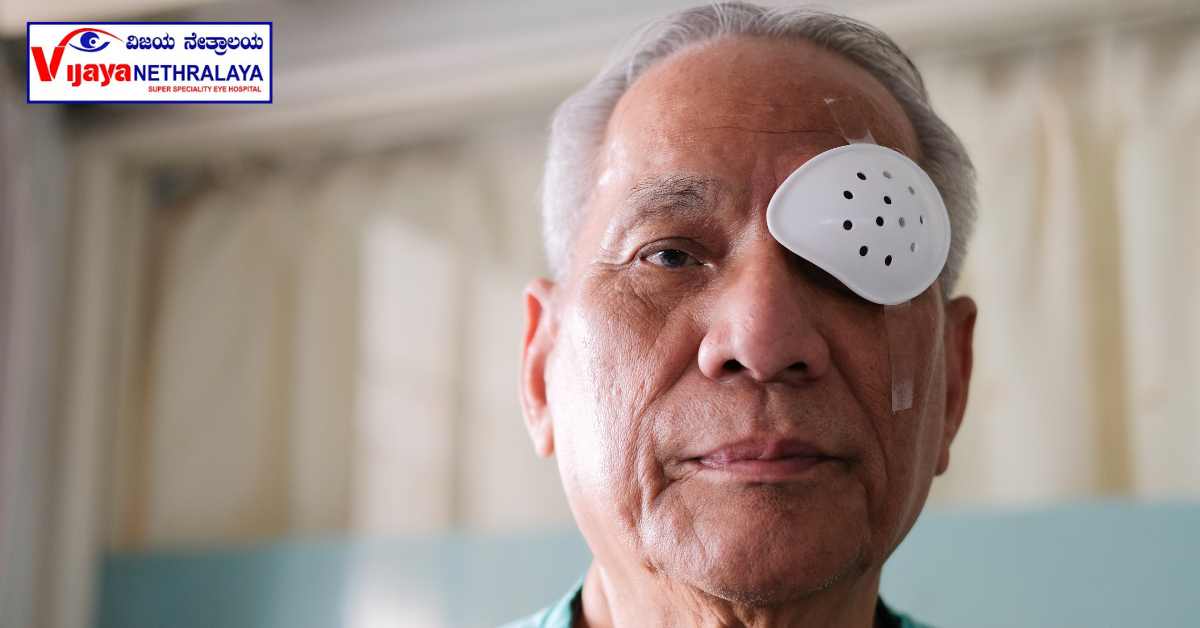
- First few days: In the days following the surgery, you should avoid strenuous activities, such as heavy lifting or bending over, to prevent strain on your eyes. You may also need to use eye drops to reduce inflammation and prevent infection.
- First few weeks: It’s important to avoid rubbing or touching your eyes during the first few weeks of recovery. You should avoid getting water in your eyes, so doctors recommend avoiding swimming or hot tubs during this time.
- Follow-up appointments: You will need to attend follow-up appointments with your surgeon to ensure proper healing and monitor your vision. Your doctor may also prescribe additional eye drops or medications if necessary.
- Gradual improvement: Your vision will gradually improve over the course of several weeks to months after the surgery. It’s important to be patient and follow your doctor’s instructions during this time.
Risks and Complications of Laser Cataract Surgery
While laser cataract surgery is generally safe and effective, as with any surgical procedure, there are risks and potential complications. Some of the possible risks and complications of laser cataract surgery include:
- Infection: Any surgery can increase the risk of infection, and laser cataract surgery is no exception. Doctors usually prescribe antibiotic eye drops before and after the surgery to help prevent infection.
- Swelling or inflammation: Some people may experience swelling or inflammation of the eye after the surgery, which can cause discomfort and affect vision. This is usually temporary and can be managed with medications.
- Bleeding: In rare cases, laser cataract surgery can cause bleeding inside the eye, which can affect vision. If this occurs, additional treatment may be necessary.
- Dislocation of the intraocular lens: The artificial lens used to replace the cloudy lens can become dislocated, causing vision problems. In some cases, the surgeon may need to perform additional surgery to reposition or replace the lens.
- Retinal detachment: In rare cases, laser cataract surgery can cause the retina to detach from the back of the eye, which can cause vision loss. If this occurs, emergency treatment is needed to prevent further damage to the eye.
- Glaucoma: Laser cataract surgery can increase the risk of developing glaucoma, a condition that causes damage to the optic nerve and can lead to vision loss. This is usually temporary and can be managed with medications.
- Vision changes: While laser cataract surgery aims to improve vision, some people may experience changes, such as blurriness or seeing halos around lights.
Results and Success Rates of Laser Cataract Surgery
Laser cataract surgery has a high success rate and can greatly improve a person’s vision and quality of life. Here are some of the results and success rates associated with laser cataract surgery:
- Improved vision: Most people experience significant improvement in their vision after laser cataract surgery. Many people are able to see better without glasses or contact lenses.
- Quick recovery: Recovery from laser cataract surgery is usually quick, with most people returning to normal activities within a few days to weeks.
- Low complication rate: While there are potential risks and complications associated with laser cataract surgery, the overall complication rate is low.
- High patient satisfaction: Patients who undergo laser cataract surgery are generally very satisfied with the results. Studies have shown that most people report significant improvement in their vision and quality of life after the procedure.
- Long-lasting results: The artificial lens used to replace the cloudy lens during cataract surgery is designed to last for many years, providing long-lasting results.
The success rate of laser cataract surgery varies depending on individual factors, such as the cataract’s severity and the eye’s overall health. However, overall, laser cataract surgery is a safe and effective procedure that can greatly improve a person’s vision and quality of life.
Cataract surgery Cost and Insurance Coverage
The cost of laser cataract surgery can vary depending on several factors, including the location of the surgery, the surgeon performing the procedure, and the type of intraocular lens used. On average, the cost of laser cataract surgery in the United States ranges from $3,000 to $6,000 per eye.

Insurance coverage for laser cataract surgery varies depending on the type of insurance plan and the individual’s specific coverage. In general, Medicare and most private insurance plans will cover the cost of traditional cataract surgery. Still, they may not cover the additional cost of the laser-assisted portion of the surgery. Some insurance plans may offer partial coverage or require the patient to pay a portion of the cost out-of-pocket.
It’s important to check with your insurance provider before undergoing laser cataract surgery to understand your coverage and any out-of-pocket expenses you may be responsible for. Some surgical centers and ophthalmology practices may offer financing options or payment plans to help make the cost of the procedure more manageable.
1. How long does laser cataract surgery take?
The length of time it takes to perform laser cataract surgery can vary depending on the individual case and the surgeon’s technique. However, the actual laser portion of the surgery typically takes only a few minutes per eye. The entire procedure, including preparation and postoperative care, usually takes between 30 and 60 minutes per eye.
2. Is laser cataract surgery safe?
A: Yes, laser cataract surgery is safe and effective. The precision of the laser allows for safer and more efficient removal of the clouded lens, reducing the risk of complications during and after the procedure.
3. How long is the recovery time?
A: Recovery time varies from patient to patient but is typically faster than traditional cataract surgery. Most patients are able to return to normal activities within a few days.
4. Is laser cataract surgery painful?
A: No, laser cataract surgery is typically painless. Patients are given local anesthesia to numb the eye and many reports little to no discomfort during the procedure.
5. Which is better cataract surgery or laser?
Both traditional and laser cataract procedures are relatively painless and have a quick recovery period. However, laser cataract surgery takes less energy and less surgical time, which helps to reduce recovery time. The laser has replaced the need for blades to make incisions and correct astigmatism.
6. What is the safest cataract surgery?
Laser cataract surgery also lowers the risk of complications, and most patients require less recovery time afterward. While both types of surgeries are safe, for many patients, laser cataract surgery overall may be slightly safer for these reasons.
Discover Why Vijaya Nethralaya Eye Hospital is the Best for Cataract Surgery
Get exceptional cataract surgery at Vijaya Nethralaya Eye Hospital. Find out what our patients say on our youtube channel and trust us for safe, effective, and affordable treatments of all eye surgeries for consultation do visit our hospital located in Nagarbhavi Bangalore.
Conclusion :
Overall, laser cataract surgery is a safe and effective option for treating cataracts, with several benefits over traditional cataract surgery. However, like any surgical procedure, it is important to discuss the risks and benefits with a qualified eye surgeon to determine the best treatment option for each individual patient.

